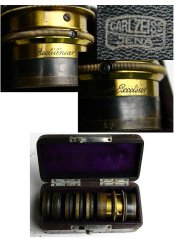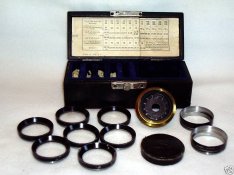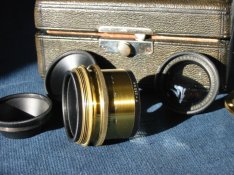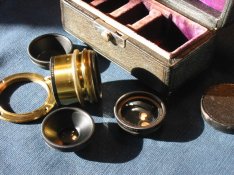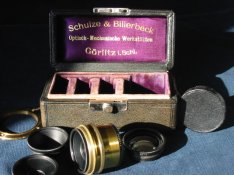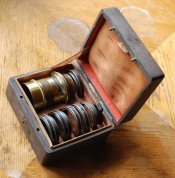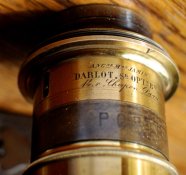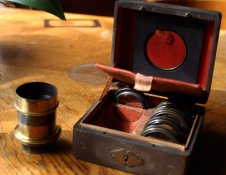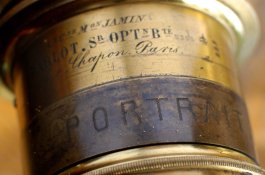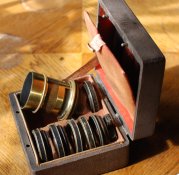Let's start with the "easy" one: The "unknown" is most likely a Rapid Rectilinear, and is probably British or French from the aperture steps. "22" and "44" is unlikely to be German, they would either use "22" and "45" or "23" and "45". Or Stolze. British manufacturers were more likely to use the infamous "AU" (Arbitrary Units", which is why I include France as a possible origin. Focal length is then likely to be around 9½" or 240mm.
The Dallmeyer? No idea really, especially not when I'm at work in the North Sea without a lens library. F:10 is similar to what many landscape lenses have, but this doesn't look like a landscape lens. Could it be a Periskop? Or an "unnamed Rectilinear"? I think the "UR" is most likely.

Then the casket set:
I assume that the "6", "14", and two times "20" comes from markings on the cells?
If so, I think that would have to be the focal length in inches: Most metric sets only go down to 150mm (or 15cm), since anything shorter than that won't be useable in combination with another cell. Since 150mm is about 6", it makes sense that it's a 6" cell.
a 14" front and a 6" rear would give about 4.2" combined focal length, quite within the useable range for an "uncorrected" wide angle Rectilinear. 14" rear and 20" front ends up at 8.2", again quite a useful focal length. And of course 2x20" is 10"; quite within the capabilities of most small cameras.
That 17mm thingy - does that consist of two short empty tubes? If so that's a spacer set, to be used in the "normal" configuration, and removed when extra wide coverage is needed. One goes on front of the barrel, the other one on the rear.
Given the markings in inches, a British maker is again most likely.







